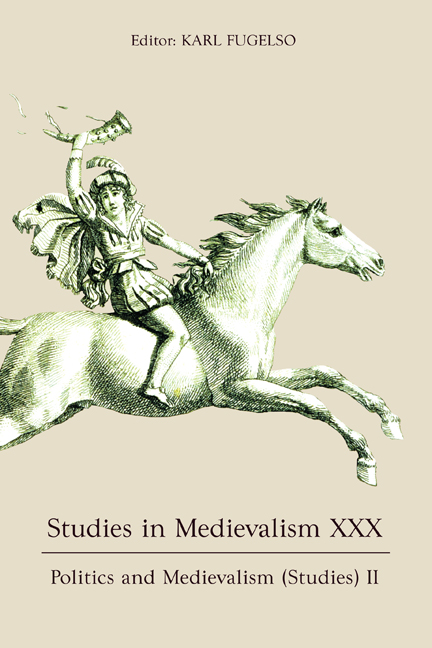Fit for Print, Not for Spectacle: Ringling Bros. and the Careful Exploitation of Joan of Arc
Published online by Cambridge University Press: 24 March 2021
Summary
The Ringling Bros. circus was the biggest promoter of Joan of Arc's story in American popular culture in 1912 and 1913. As this was right in the middle of the country's infatuation with the Maid, between her beatification (1909) and her canonization (1920), it is worth understanding how they reached such an apex, as well as the story they told. The Ringling Bros.’ version of Joan of Arc is complex owing to the multiple mediums the circus employed – couriers, librettos, heralds, newspapers, posters, and of course, the performances. Through the text, would-be circusgoers read Al Ringling's romanticized, promotional copy emphasizing piety and patriotism, presented alongside a smattering of conflicting Victorian images of Joan that downplayed her struggles and execution. Through posters and performances, circusgoers were exposed to Ringling's anachronistic sixteenth-century style French court, complete with a modern ballet and original images, that always kept Joan far from danger and never finished her story. Through this careful exploitation of the life of the Maid, Ringling Bros. achieved acclaim for their “historical accuracy” by providing circusgoers what they expected in costumes and pageantry while any of Joan of Arc's struggles were deemed barely fit for print, and certainly not fit for spectacle.
During this period, before the rise of radio or feature-length films, Americans lived in the Golden Age of the Circus. And circus spectacles, or “specs” as they were known, were part of a concerted effort to bring highbrow entertainment in a world that most considered lowbrow. Al Ringling was the mastermind, as he selected Joan of Arc for the subject of the 45-minute spec that would precede every Ringling Bros. performance in 1912 and 1913. Nearly all performers would be involved in these tableaux-esque, orchestra-intensive, wordless pantomimes that climaxed in a procession and ended with a ballet. The topics of these specs were vast, but always biblical, historical, or fantastical in nature, with themes such as Noah's Ark, the Crusades, and Cinderella. The selection of Joan of Arc was not simply owing to her immense popularity in America at the time; she also met the two criteria the Ringling Bros. later claimed they sought in picking subjects for their specs.
- Type
- Chapter
- Information
- Studies in Medievalism XXXPolitics and Medievalism (Studies) II, pp. 229 - 252Publisher: Boydell & BrewerPrint publication year: 2021



